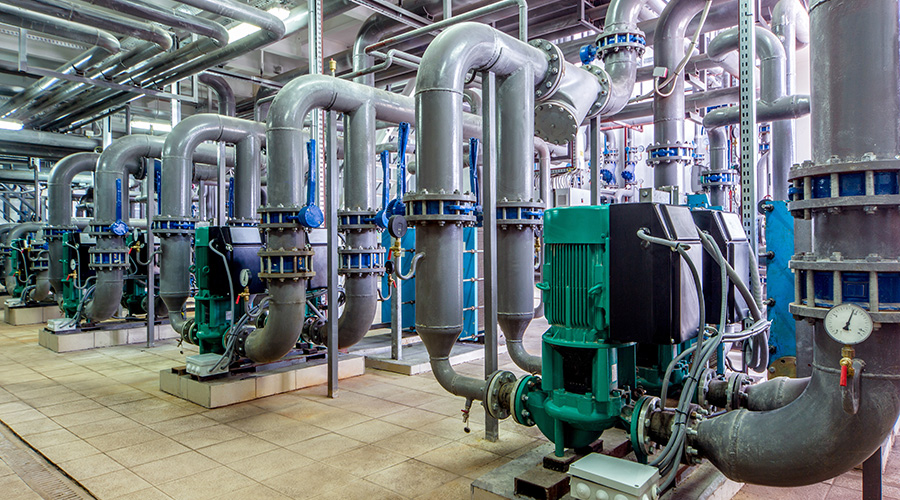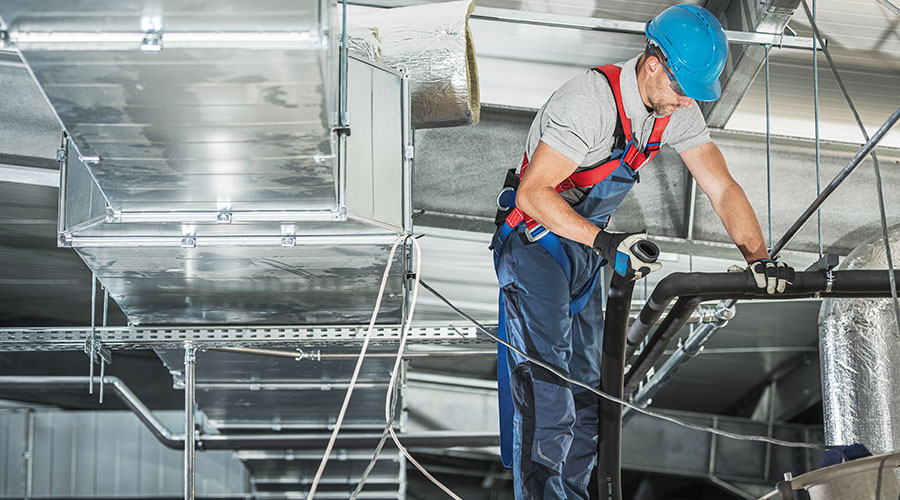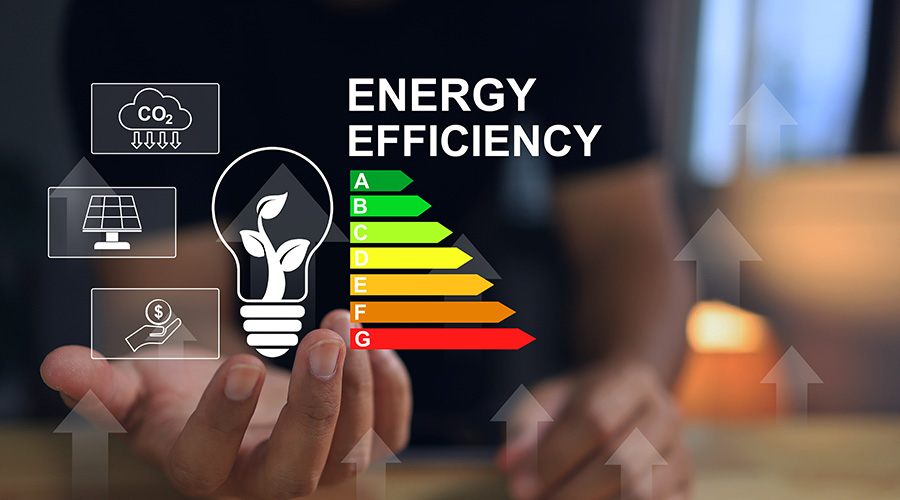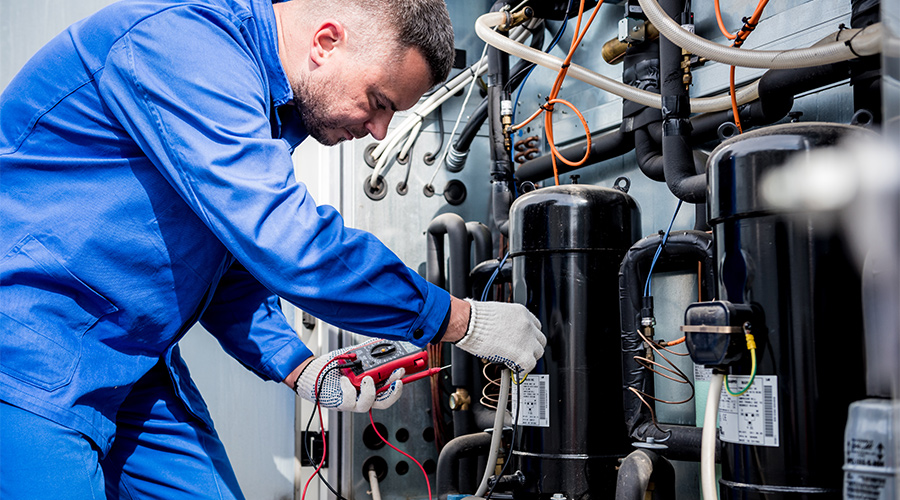Understanding Rooftop HVAC Units as an Energy-Saving Option
Part 2 of a 3-part overview of VRF systems, advanced rooftop units, and geothermal systems
Rooftop HVAC systems are one of the most common ways of providing heating and air conditioning to commercial and institutional buildings. Developed as a simple bare-bones solution to the HVAC needs of low-rise buildings, they are available in a wide range of capacities and configurations. Their low first cost, and the fact they don’t take up valuable floor space in a building, have contributed to their popularity. But not everyone has been overjoyed about their widespread use. Maintenance managers have found them to be maintenance nightmares: difficult to service, prone to breakdowns, and inadequately protected from the elements.
With low cost being the primary driving force motivating both manufacturers and users, there has been little movement to improve the operating efficiency of their units beyond what energy codes require. Some manufacturers do offer a limited number of high efficiency options, but their use has been restricted by the competitive nature of the market and the fact that these features typically increase the cost of the rooftop unit.
Changes are coming, thanks in part to a program implemented by the U.S. Department of Energy called the Advanced Rooftop Unit Campaign. The program encourages commercial and institutional facility managers to replace older rooftop units with more efficient units, or to retrofit the existing units with some of the efficiency-improving options that manufacturers have recently developed. Areas of focus include all of the major components within the system, including the fans, filters, dampers, compressors, condensers, and controls.
While the list of energy-conserving features is long, the ones that seem to produce the most significant savings include the use of a variable frequency drive on the fan motors and upgraded controls on the entire system with remote monitoring capabilities.
What is the potential impact for a typical building replacing or upgrading its current rooftop HVAC systems? Before-and-after studies of a number of buildings where replacements were made have shown a reduction in energy requirements by an average of more than 50 percent. And with an estimated use of rooftop units in nearly 50 percent of all commercial buildings, the use of advanced designs could make a significant impact on U.S. commercial and institutional building energy use.
The Advanced Rooftop Unit Campaign offers some guidelines as to which systems would benefit the most from replacement or upgrading. The older and the larger the system is, the better it becomes a candidate for replacement. For most applications this means the systems that are more than 10 years old and have a cooling capacity of 7 tons or more are best suited for replacement. The newer and smaller systems, provided they are in good operating condition, are candidates for such upgrades as new controls and remote monitoring systems, as well as variable speed fan controls.
Related Topics:














